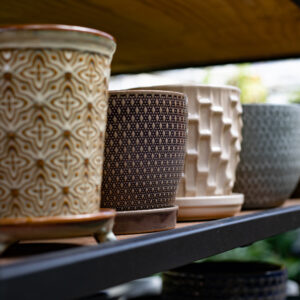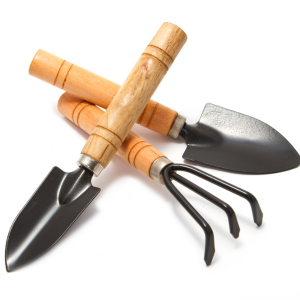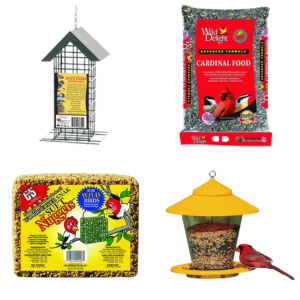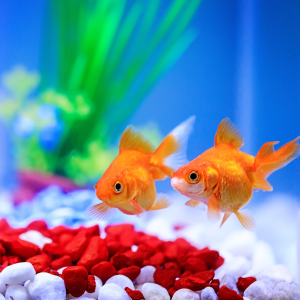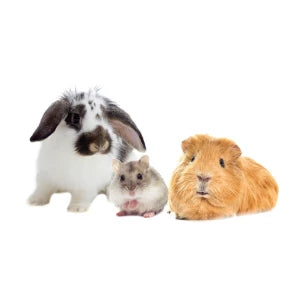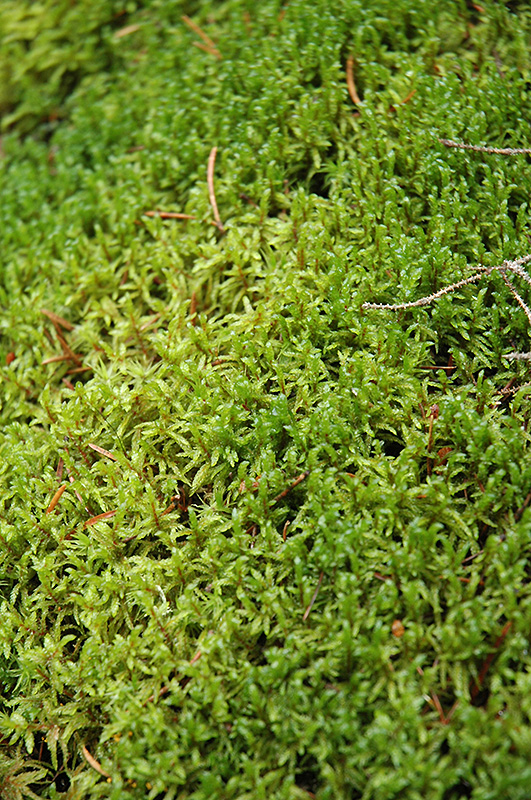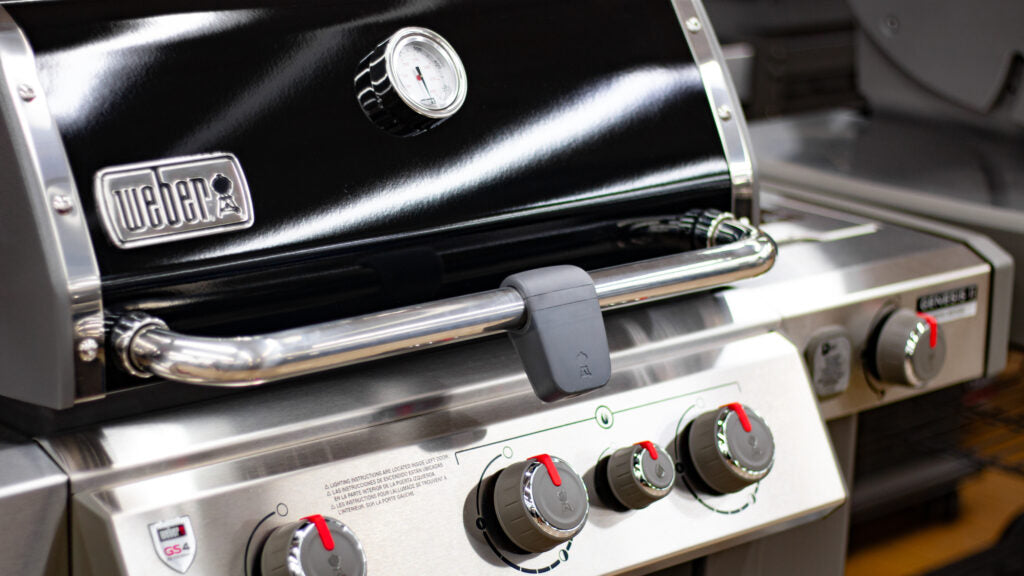Plant Finder
Height: 6 inches
Spread: 3 feet
Sunlight:
![]()
![]()
Hardiness Zone: 2
Description:
A hardy and vigorous moss, creating a colorful carpet with shades of green, yellow-gold, tan and brown; a perfect textural cover for the edge of a pond or bog
Ornamental Features
Peat Moss' attractive tiny narrow leaves emerge light green in spring, turning green in color with showy brown variegation and tinges of gold throughout the season on a plant with a spreading habit of growth.
Landscape Attributes
Peat Moss is a dense herbaceous perennial with a low habit of growth, spreading atop the surface of the water. It brings an extremely fine and delicate texture to the garden composition and should be used to full effect.
This is a relatively low maintenance plant, and should not require much pruning, except when necessary, such as to remove dieback. Deer don't particularly care for this plant and will usually leave it alone in favor of tastier treats. It has no significant negative characteristics.
Peat Moss is ideally suited for growing in a pond, water garden or patio water container, and is recommended for the following landscape applications;
- Mass Planting
- Water Gardens
- Bog Gardens
Planting & Growing
Peat Moss will grow to be only 6 inches tall at maturity, with a spread of 3 feet. Its foliage tends to remain low and dense right to the water. It grows at a slow rate, and under ideal conditions can be expected to live for approximately 3 years. As an herbaceous perennial, this plant will usually die back to the crown each winter, and will regrow from the base each spring. Be careful not to disturb the crown in late winter when it may not be readily seen!
This plant does best in full sun to partial shade. As an aquatic plant, it requires a suitable water garden environment and will benefit from special planting and ongoing care practices; consult one of our in-store experts for further details and instructions. It is not particular as to soil type, but has a definite preference for acidic soils. It is highly tolerant of urban pollution and will even thrive in inner city environments. This species is native to parts of North America. It can be propagated by division.


